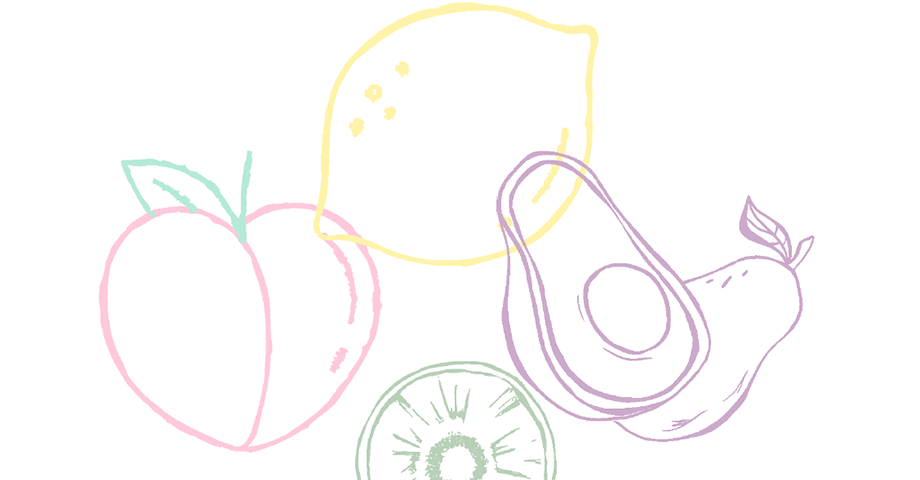Executive summary
New Zealand is a significant participant in the global dairy export market, making up 30% of this market. The major dairy export item from New Zealand is currently Whole Milk Powder (WMP), which is one of the most price volatile commodities in the world. The United States and European Union regions have become prominent competitors in the global dairy market. Farmers in these regions have access to a variety of price risk management (PRM) tools, which they utilise to protect their profit margins. New Zealand has been very slow to develop similar tools, and is at risk of being left behind by these larger competitors.
Around the world there are a variety of exchange traded futures and options contracts for dairy commodity products. In addition many overseas dairy companies and cooperatives, as well as banks and share broking firms, offer ‘over the counter’ (OTC) type price risk management products. These include fixed milk price offerings. The first example of a PRM tool in New Zealand was Fonterra’s Guaranteed Milk Price scheme, which was introduced in 2014, but has since been discontinued. Following the discontinuation of this scheme, the New Zealand Stock Exchange (NZX) has recently developed and launched a range of Milk Price futures and options contracts. This is linked to the Fonterra farmgate milk price, and is a bold and exciting step forward in price risk management for New Zealand dairy farmers.
It is essential that the New Zealand dairy companies/ co-ops, as well as banks look at offering additional OTC type hedging products to dairy farmers as soon as possible. This will enhance the variety and accessibility of PRM tools to farmers, as well as helping maximise the liquidity of the NZX derivatives markets. Stock feed companies, fertiliser co-ops and rural supply organisations also need to broaden their existing offerings and/or introduce packages for farmers to hedge some of the large farm operating expenses. For effective profit margin insurance from PRM tools, it is important that dairy farmers have the ability to hedge both their revenue, through milk price; as well as their largest expenses.
As a primary price risk management strategy, all New Zealand dairy farmers need to operate a sound business. The key principles to this are:
- Operate a farming system that achieves Gross Operating Expenses low enough, and Production high enough to achieve a regular Operating Cost of Production as low as possible- preferably close to or under $4.
- Keep debt levels of the business at manageable levels -less than $20/kgMS.
- Utilise the increased profit during high payout years to reduce debt, and accumulate/manage cash reserves within the business for use in less profitable years.
- Utilise the Income Equalisation Scheme offered by the IRD to smooth tax obligations.
When these strategies have been implemented, then further price risk management through the utilisation of derivative type products may be appropriate, but will vary for each business. Farmers need to ensure that these tools are used to insure profitability in a low payout, rather than for speculation with the aim of increasing profits.
The Rural Professionals sector needs to significantly upskill in the area of price risk management. These Professionals form an important link between the derivatives market, third parties and farmers, and will be required by farmers to ensure that the best solutions are found for each farm business.
For New Zealand to retain and strengthen its place in the global dairy export market, the New Zealand dairy industry as a whole needs to move to a new level of sophistication in price risk management.
Paul Martin



